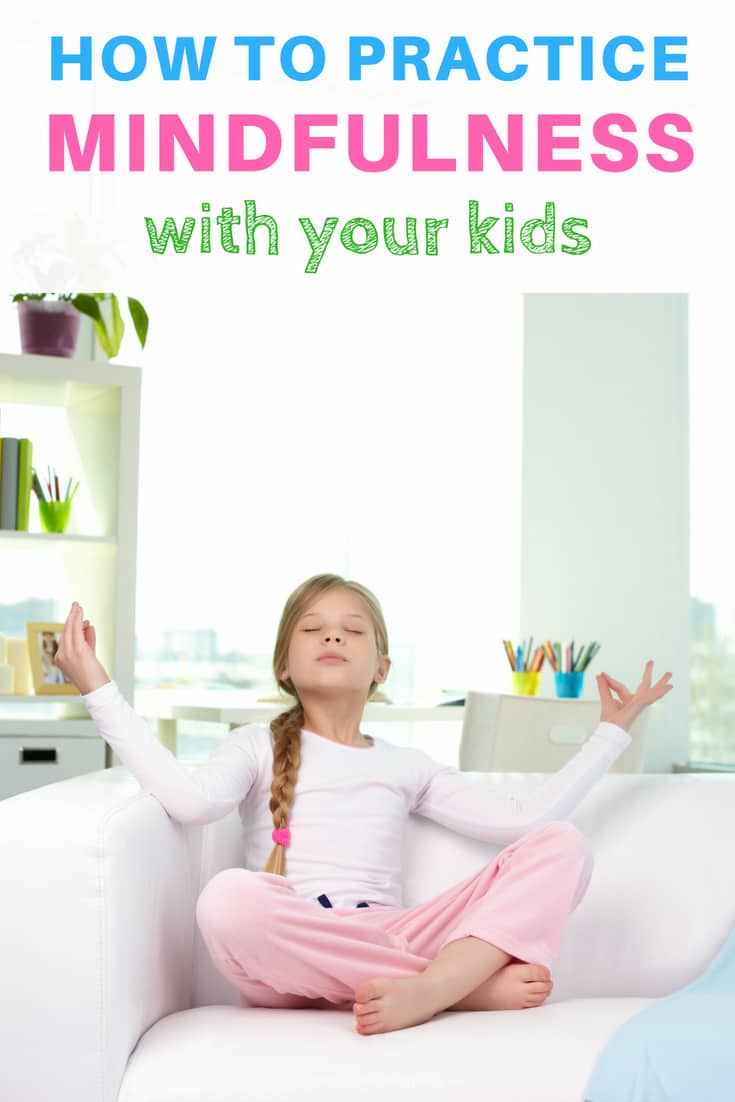This is a guest post from the amazing Kailey and Josianne from Educalme and the The Balanced Educator podcast.
Mindfulness – the new buzzword. We hear it so often lately, but what does it mean exactly? And why is mindfulness so popular these days?
It’s popular because people are experiencing and science is proving that this thousand year old practice has many benefits.
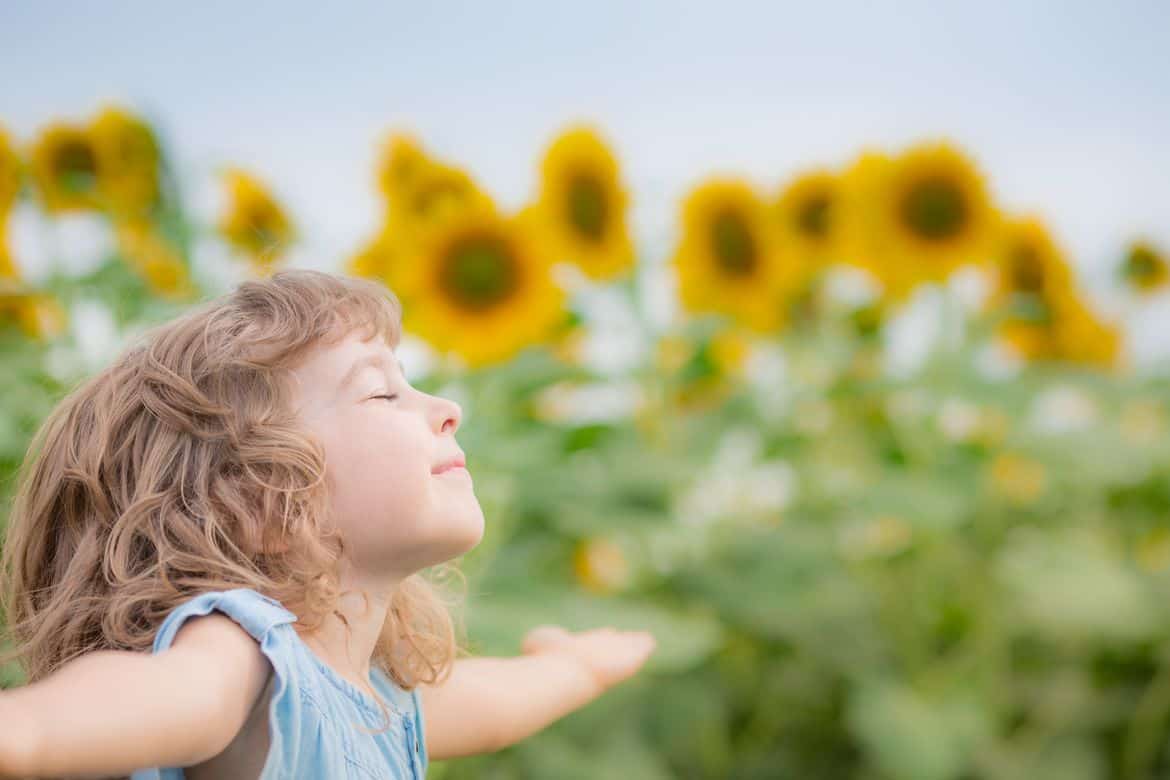
There have been thousands of studies done in very recent years on meditation (a component of mindfulness) and the brain. This research shows that meditation has incredible benefits for us physically, mentally and emotionally. Practitioners of meditation are less stressed and anxious, more compassionate, positive, focused, creative, happy and self-aware.
Sharing a mindfulness practice with our children gives them tools for living happy and healthy lives. There is a growing body of research demonstrating that mindfulness programs for children help to lower stress and increase self-awareness, helping children and teens to process emotion in a healthy way. One study demonstrated that students practicing mindfulness in school benefited from increased attention, higher attendance and grades in school, a reprieve from outside trauma, better mental health, increased self-awareness and self-regulation as well as social-emotional development.
What is mindfulness?
Mindfulness is simply noticing what you are experiencing in the present moment with curiosity, openness and non-judgement. There are two major components to mindfulness – the formal practice and the informal practice.
The formal mindfulness practice is practicing mindful meditation explicitly with a guided or self-guided exercise. This could involve sitting silently and paying attention to your breath.
The informal practice involves applying what has been learned in the formal practice to your everyday life. An example could be really noticing and appreciating all the smells and flavors of your food.

How to do a formal mindfulness practice with your children.
Mindful meditation is simple, but not always easy.
A great way to start learning about mindfulness is with a breath awareness practice. Here’s how:
- Find a quiet spot where you and your children can sit without disruptions. Put your phone on airplane mode and set a timer for 5 minutes. And if 5 minutes seems too long, make it 2! The intention is that this practice feels good and uplifting, not like another chore on your to-do list.
- Find a comfortable and alert seated position on the floor or in chairs, and close your eyes. Don’t expect your children to sit completely still for the whole practice, it’s ok if they fidget a little bit. Give yourself and your children the permission to have your own unique experiences during this practice.
- Focus all of your attention on your breath, notice with as much detail as you can how it really feels to inhale and exhale. Instruct your children to imagine that they are aliens that have never breathed before. Their job it to curiously notice: What does breathing feel like? How does it make my body feel?
- When you notice that your brain starts thinking of other things (which it will!), without judgement, refocus on your breath. The idea isn’t to not think, it’s to notice when you are thinking. Every time you bring your attention back to your breath you are training your brain.
- When the time is up, reflect on your mindfulness practice. Ask your children questions like: How did your body feel during the practice? What did you notice? What was your mind doing? Then share your answers. There is no right or wrong experience to have during a mindfulness practice. Sharing is a great way to connect with openness and curiosity and to see that sometimes we have similar experiences and sometimes our practices are very different.
Just like with any new exercise, this may not be easy in the beginning. But with time and practice, you will see that concentrating on the breath will become easier and a sense of calm will follow.
It can be very helpful to learn this practice from a teacher. A great place to find quality guided mindfulness practices online is Educalme. They create mindfulness practices in both English and French for you to do with your kiddos so that the whole family can practice together. Educalme’s guided mindfulness practices use vocabulary simple enough for kids, yet valuable for teens and adults too. Plus, the 5 minute guided audio is really easy to fit into your day.
You’re learning something new, give it time!
Be patient and compassionate with yourself and your children as you begin this practice and think of it as a fun experiment in studying how your mind and body really feel in this moment.
You can’t be good or bad at mindful meditation, it isn’t a competitive sport and you can’t win. If it’s hard to sit still, that’s ok! If your brain just won’t stop thinking, that’s ok too. If your emotions seem to amplify in the silence, that’s fine too. There is no right or wrong experience to have during meditation.
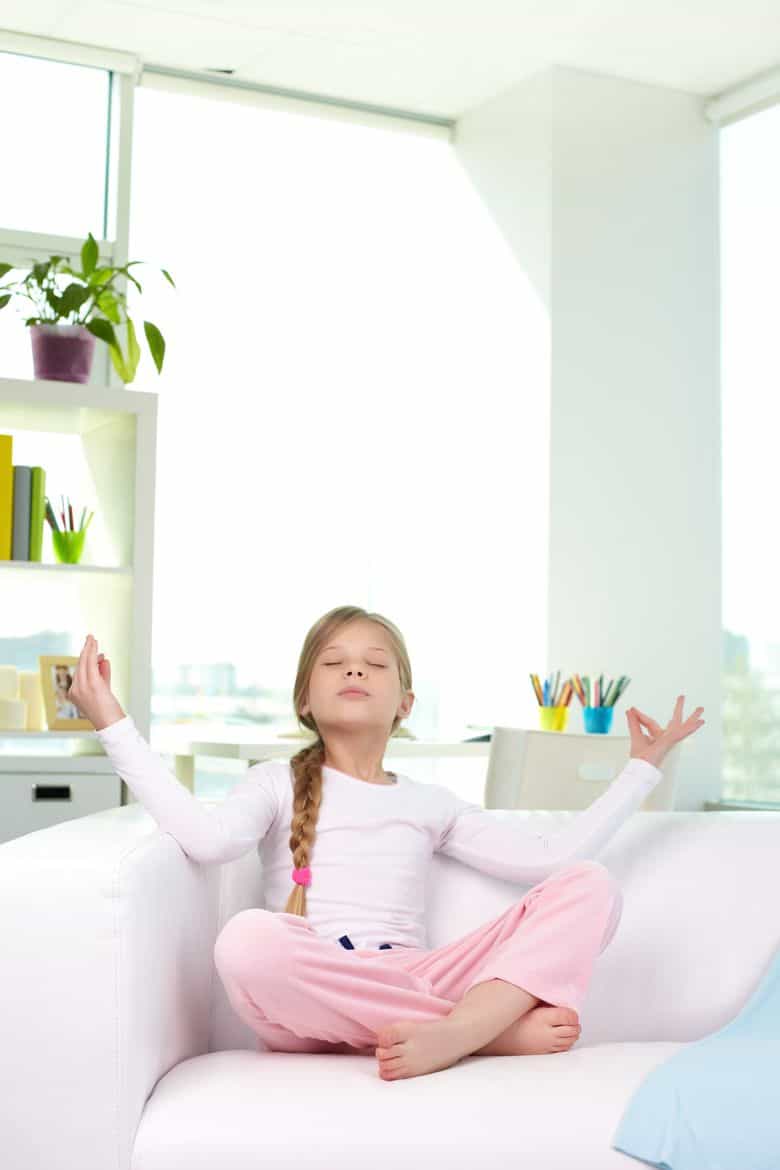
Make it a habit
Learning mindfulness is like learning to read. It takes practice and over time we see an invaluable new skill develop.
A great way to make mindfulness a habit is to make it an integral part of your daily routine and to always practice at the same time and in the same place. After a couple weeks, you won’t even have to think about it, you will just naturally go through the steps of gathering your kiddos, sitting in your meditation spot and setting your timer.
Try practicing in the morning right after everyone brushes their teeth to start the day off feeling calm and balanced. Or, make it a time to connect and relax as soon as everyone gets home at the end of the day. Or practice right before bed and drift off to sleep more easily.
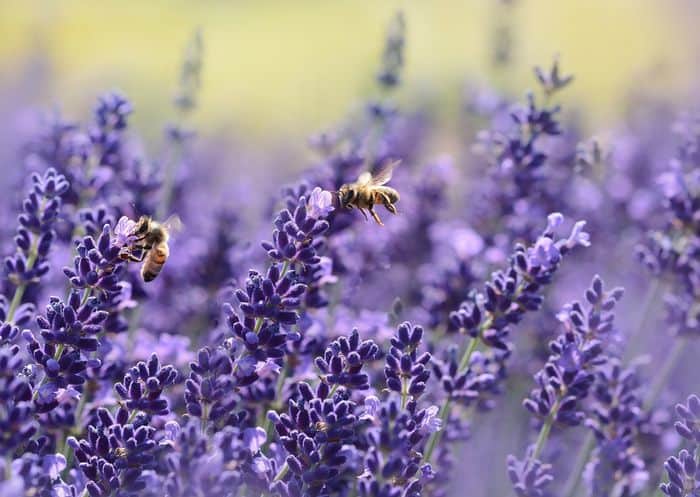
Lavender
How to do an informal practice.
With practice, you will see that the skills you and your children are learning during your mindful meditation will naturally spill over into other parts of your lives.
One day you’ll catch yourself being less reactive in stressful situations or being able to keep your cool during high pressure moments. You may catch your children breathing deeply when they are feeling a big emotion or using their favorite Educalme breathing strategy like five-finger breathing. You may notice an increase in compassion towards self and others in your household and you will probably begin to appreciate the seemingly small moments of your life with your children more fully and feel more gratitude in your day-to-day.
A fun informal practice to try with your kids is eating mindfully – using all 5 senses to eat slowly as you really notice all the layers of your eating experience. You can get a free mindful eating activity in The Balanced Educator Resource Library.
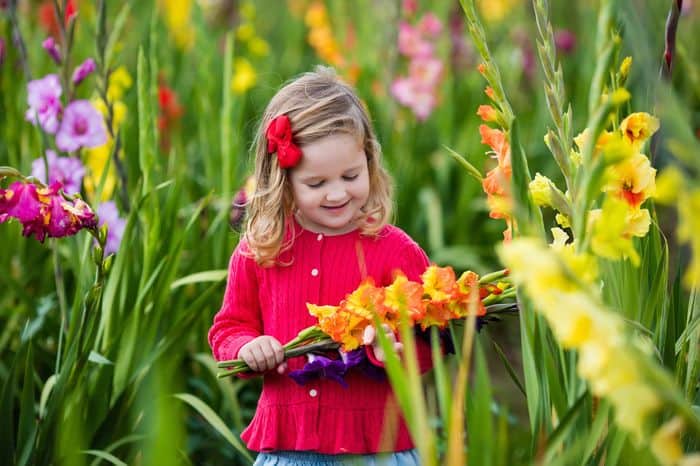
Have fun exploring
Mindfulness helps us to notice and appreciate the present moment fully so that we can experience more joy and appreciation in our everyday lives. Have fun curiously exploring this practice with your children.
About Kailey:
When finding a balance between her teaching career and her personal life became challenging, Kailey found mindfulness. She discovered calm and joy from this practice and naturally began teaching mindfulness in her classroom. The amazing transformation she saw in herself and in her students led her to co-founding Educalme with her friend and fellow teacher Josianne. They create guided mindfulness practices and curriculum so that teachers and parents can easily learn and share mindfulness with their kiddos.
You can connect with Kailey and Josianne on Instagram @educalme and on their podcast The Balanced Educator.
